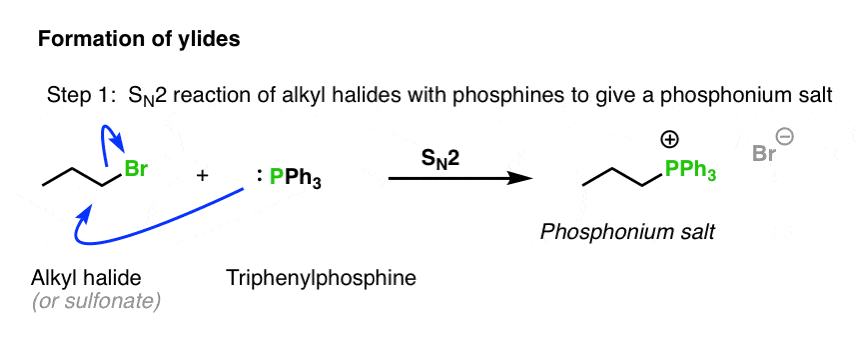Alkyl groups and aryl groups are two examples of functional groups.
Alkyl vinyl aryl acyl.
Summary acyl vs alkyl group.
The main difference between alkyl and aryl groups is that alkyl groups do not have aromatic rings whereas aryl groups have aromatic rings in their structure.
The main difference between acyl and alkyl group is that the acyl group has an oxygen atom attached to the carbon atom with a double bond whereas alkyl group has no oxygen atoms.
The scope and limitations of intramolecular radical cyclizations of acylsilanes with alkyl aryl and vinyl radicals.
An aryl refers to any functional group or substituent derived from an aromatic ring be it phenyl naphthyl thienyl indolyl etc.
An acyl group is a functional group derived by the removal of one or more hydroxyl groups from an oxoacid including inorganic acids.
Note that phenyl groups are not the same as benzyl groups which consists of a phenyl group attached to a methyl group and has the molecular formula c 6 h 5 ch 2.
A vinyl halide is clearly a species with a formula h 2c c x h in which a halide is directly bound to an olefinic bond formally this is ethylene h 2c ch 2 with one of the hydrogens substituted by a heteroatom vinyl chloride h 2c chcl is an example.
An aryl halide has general formula c 6h 5x in which an halide group x has substituted the aryl ring.
Acyl and alkyl groups act as functional groups when attached to a carbon chain.
Both alkyl and aryl groups have carbon and hydrogen atoms.
Rearrangement of suitably constituted aryl alkyl or vinyl radicals by acyl or cyano group migration.
The most basic aryl group is phenyl which is made up of a benzene ring with one hydrogen atom substituted for some substituent and has the molecular formula c 6 h 5.

